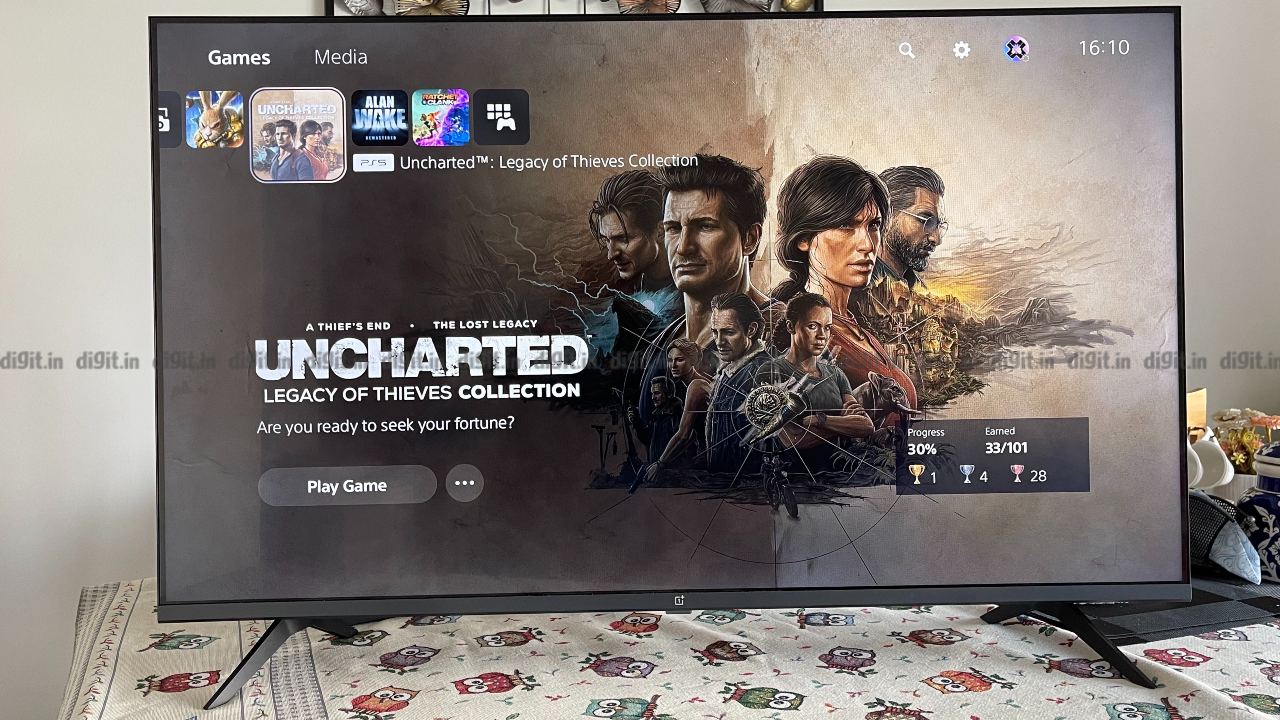
When you’re first starting to work for your own clients it’s often the default to take any work that comes your way. You’ve got bills to pay and kids to feed. You want to keep shoes on your feet and food in your fridge.
The thing is that you’re doing some clients a disservice by working with them. Some clients may not be the best fit for your services. You just don’t match from a personality perspective, or you’re not the expert they need.
Not only are you doing some clients a disservice, but you’re also building a job you don’t love. You’re working for clients that won’t mesh well with you and it’s quite possible that you’ll end up resenting those interactions.
I did the same thing when I started. I took all types of customers just to get any work at all. Then I came up with my client vetting process. In this post I’ll show you:
- The simple three column approach to defining your ideal client
- How I deal with the initial client email
- How to handle the first client call
- Some examples of a non-ideal client
Who Do You Serve Best?
Before you can start qualifying clients, you need to make sure that you know what type of clients and projects you want. Start this by pulling out a piece of paper and putting three columns on it.
Step 1: Sort Your Past Clients
In the far left column list the clients you’ve worked within the last year that you don’t want to work with anymore. These are clients or projects that weren’t a great match for the services you offer. It doesn’t matter if you loved the client but disliked the work, put them in the far left column. It doesn’t matter if the work was something you used to love to do. Businesses grow and sometimes that means they grow out of offering a specific service.
The middle column is for clients and projects that were okay. Nothing outstanding, but nothing that was terrible. These clients might be a good match if you can figure out how to change the relationship so that you can provide them an exceptional value.
The far right column is for the clients and projects you want to work with again. The ones that make you smile when you see an email from them. These are the projects where you provide outstanding value.

Step 2: Rank Each Client and Project
Now, write down what it was you liked about the best clients. What type of work were you doing? What was it about the client that made you smile when you worked with them? Why were you able to bring them the best service you can offer?
For the clients and projects you don’t want to work with, why don’t you want to work with them anymore? What was it about the project that was less than ideal? Did they email too much? Did you feel over your head technically and thus felt like you gave them poor service?
Step 3: Condense the Things You Like and Dislike
With these two lists written out, you should have a good idea of what you like and dislike in projects. Combine the things you like into a single ideal client profile. What will the projects look like? How will the clients treat you?
You should also take negative experiences and write out your non-ideal clients. What types of things will let you know that you have less than an ideal fit for a prospect so that you don’t take them on as a client?
The first time I built out an ideal client profile I realized that all of my favorite clients had spent time laughing with me. It was less about the work we did, and more about the relationship that we had as we worked together.
I also noticed that while it made me look good to other developers to be on the cutting edge of WordPress, these were the projects that I enjoyed the least. I hated looking up an answer to a question only to find that one other person had asked it months ago and no one answered. This also lengthened many of those technical projects; projects that went way past the intended deadline. While I could charge well for them, they were not very profitable. The client was understandably annoyed because we were behind on getting the work live on their site.
I was providing poor service on these fancy technical projects.
With this information in hand, you can now start to take actions toward creating your dream business and the clients that match.
Want to read more great content like this? Subscribe to the Liquid Web weekly newsletter.
The Initial Client Email
Once you have an ideal client profile, you need to start making sure that every client you work with matches closely to it. You’re not looking for a 100% match every time. Work to make sure that every client is just a bit closer than the last.
Start gauging the compatibility with the first contact you have with a client. Most of my prospects make the first contact via email which means the first place I start to ensure that we are compatible is with the first email I send them.
Here is the email I send prospects to start making sure that they fit my ideal client profile.
Hey John, thanks for getting in touch about your project. It sounds interesting but I need some more information to help me decide:
- Why do you need X feature now and why is it more important than something else you could be building?
- Have clients or internal staff been asking for X feature?
- What would happen if we didn’t do X feature? What opportunities would be lost?
- What will happen to your business when we finish X feature? How will it move your business to the ‘next level’
- How are we going to measure the success of X feature? (time saved, more conversions to email, more sales…)
- What is your timeframe for completion?
- What is the budget you have allotted for the project?
- Who are the decision makers that will decide if this project moves forward?
Budget is usually the hardest question here but it’s something that I need to at least have an idea on. Do you have $1000 and I need to find existing solutions that can be ‘glued’ together to meet your goals (and you’ll probably have to give up on some specifics of how it works) or do you have $30k (or more) to spend and we can build you whatever you specifically need?
So even a range of where things start to feel ‘expensive’ helps me know what to think about as I sort out what brings the most value to your project. All of this information will help me know a few things:
- If I’m the best fit for your project
- If someone else is a better fit
- If I’ve got the time for the project
- If my costs fit your budget
- If I know of someone else that fits your budget better
Thanks for the answers, and have an awesome day!
In my previous post when I talked about producing a winning proposal, I guided you to make sure that the company is invested in the work you may be performing. The first way I can do this is by getting them to answer these questions. Based on how they answer the question, I can get a good idea of how valuable the project is to the prospect and if I can deliver well on the work they value.
After a prospect gets this email, we may move on to a few more clarifying questions or on to the next step: a client call.

A Client Call
It’s far too easy for web professionals to stick to email and digital tools when a call is one of the best ways to build trust with a prospect you want to turn in to a client. Prospects only turn in to clients if they trust you. The closer they can get to shaking your hand, the faster you’ll build trust.
If at all possible, do your initial prospect meeting with video. Show them your face and you’re going to increase trust. They’ll be able to see your body language, and you’ll be able to see their body language. You’ll both get a much better understanding of how compatible you are with each other.
For every phone call, you should have a checklist of things you want to cover. You should also have a short questionnaire to go over yourself after you get off the call.
I ask myself the following six questions after every call with a prospect.
- Did I laugh with the client?
- Is this something that is profitable for me?
- Is this project within my technical capabilities?
- Is this a project that is highly valuable to them?
- Can I hit their deadline?
- Can I provide exceptional service so that they will be looking for people to send my way?
If I’m not absolutely sold that I can provide the best service in the industry to every prospect I talk with, then I pass on the project. That may mean you don’t do rush projects because then you’re fitting in a bunch of extra work at your margins.
What If You’re Not an Ideal Fit
Despite having a process to vet clients, you may find out after you’ve started that you’re not an ideal fit with this client. It happens to me after 10 years of building sites for clients. Sometimes I miss something as I work to make sure that a prospect is a good match to become a client.
If this happens to you, your first goal should be to make sure that you still deliver top-notch service. It’s up to you to be amazing.
The second step is to review the project and client when you’re done. What made the project and client not ideal? Why was it difficult to deliver amazing work?
- I had a few clients that just wouldn’t work inside the project management system. They would choose to email me instead, lengthening my process.
- I clearly hadn’t communicated well about my expectations for how the project would work.
So I developed a project success page that I asked each prospect to read before they become a client. The first task assigned to them in the project management tool is also to read this page. Then when we’re struggling with communication channels, I can refer back to my project success page. This almost always brings our communication expectations and realities back into alignment.
Get Started Today Building Your Ideal Business Clients
If you’re ready to build a business that you love and work with clients where you can provide maximum value, make sure you build your ideal client profile today.
Start using my initial email to make sure that you’re compatible with your prospects before you get on the phone. Make sure you have a checklist to go over after a prospect call to ensure that you’re going to be working with someone that matches your ideal client profile.
Finally, don’t worry if you miss something and get a less than the ideal client. Your goal should be to find clients that are 1% better every project.
If you can do these things, you’ll start to build a business that stands out from the crowd.
[ad_2]
Source link







